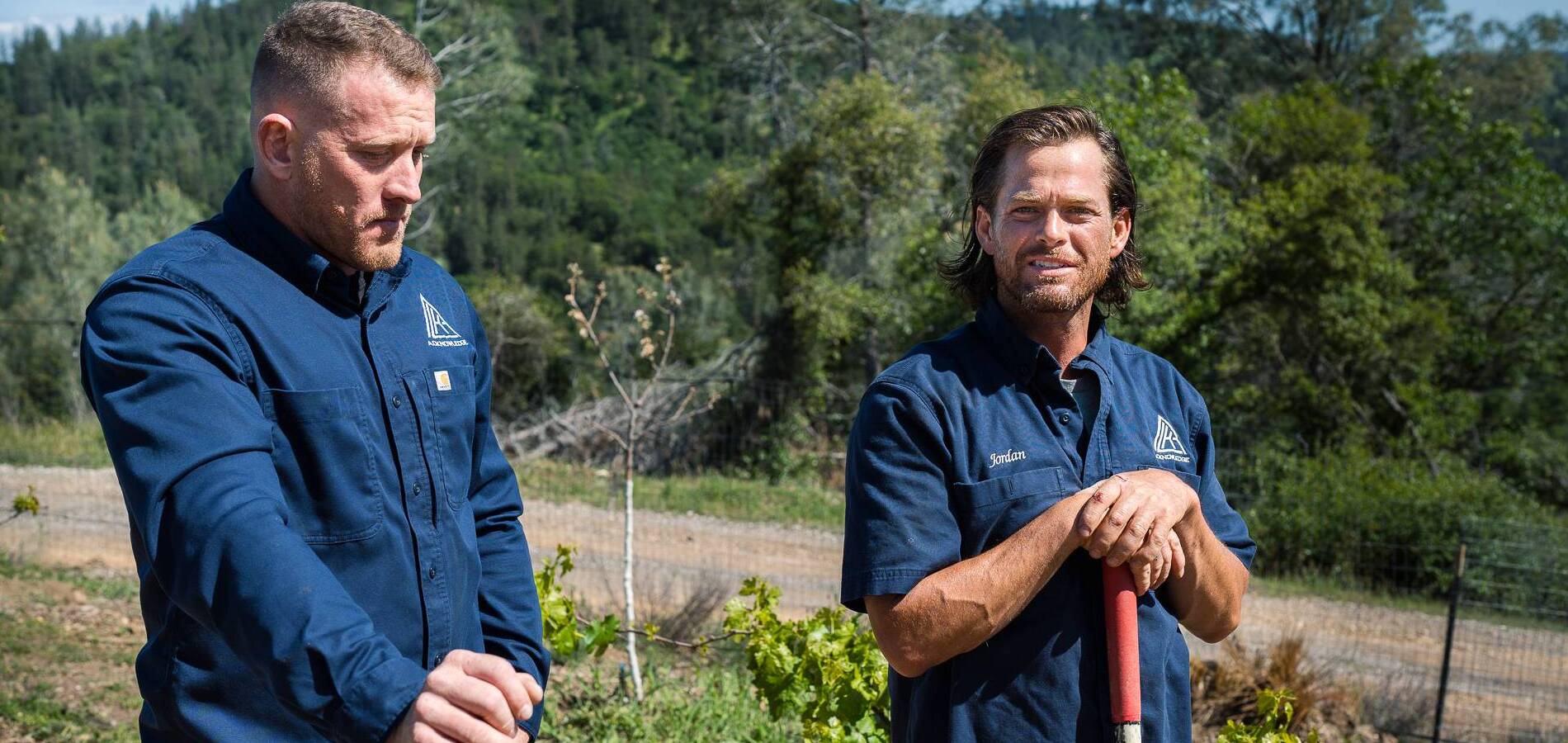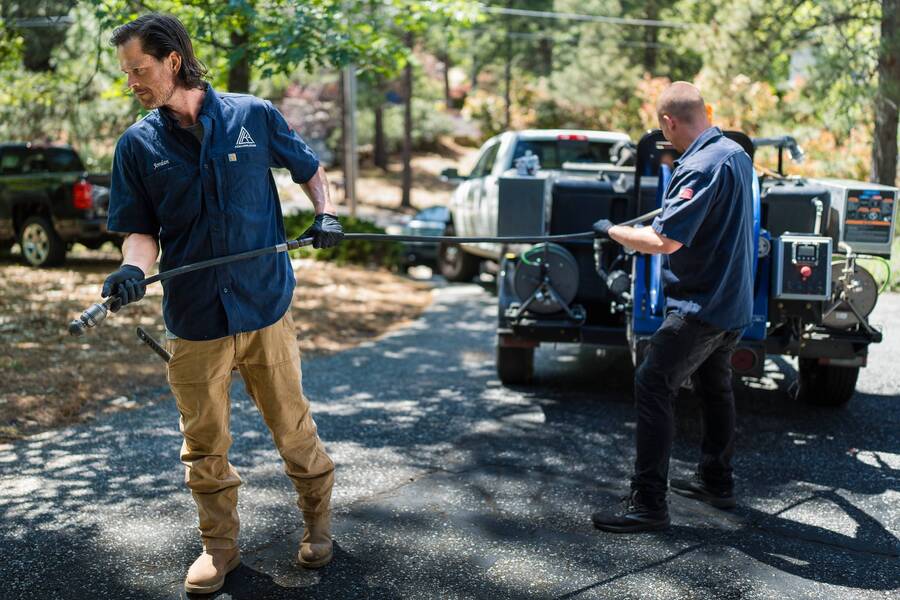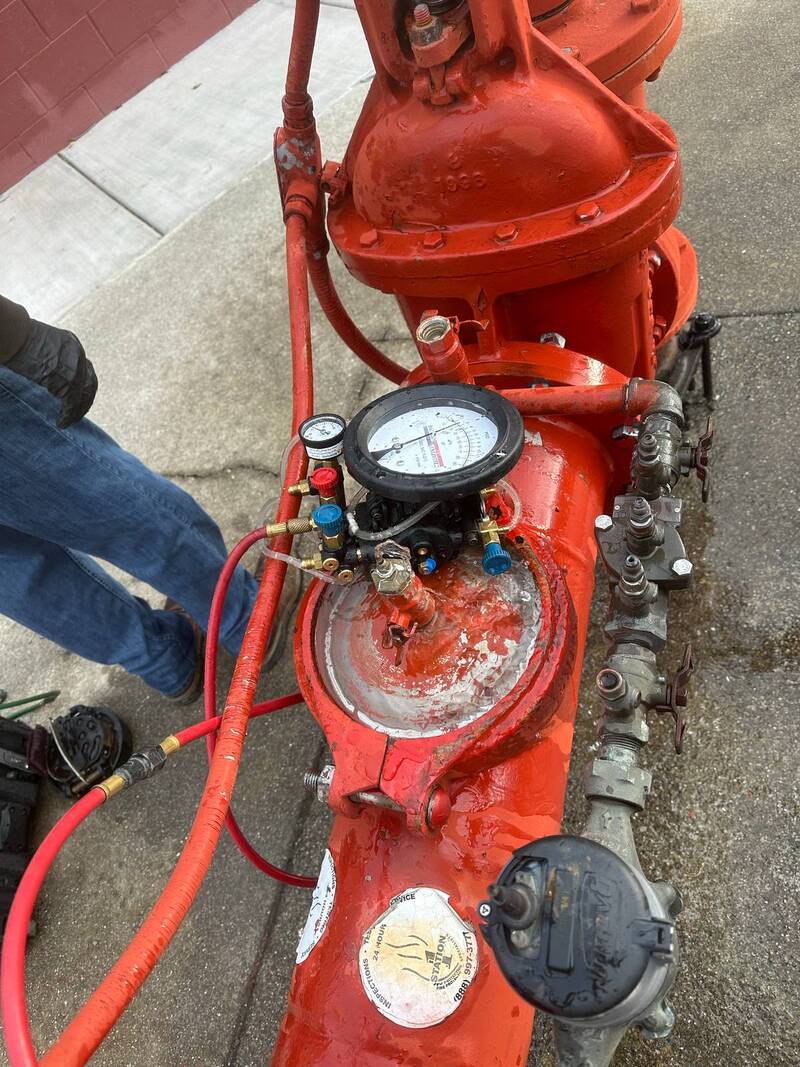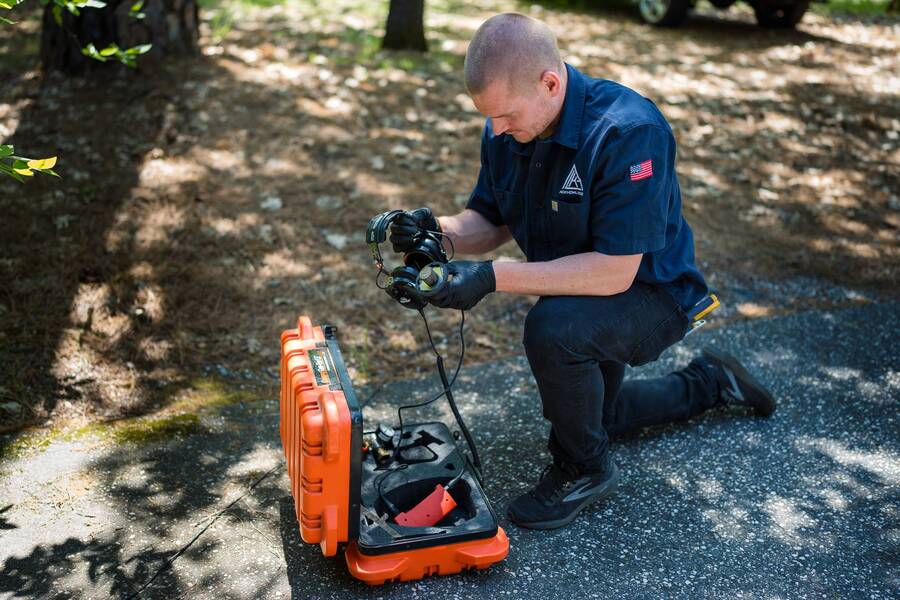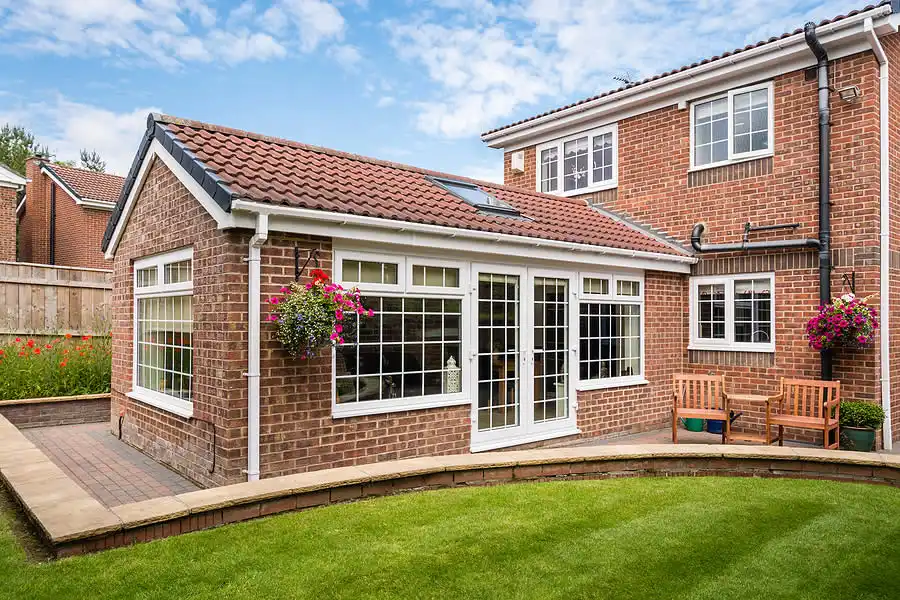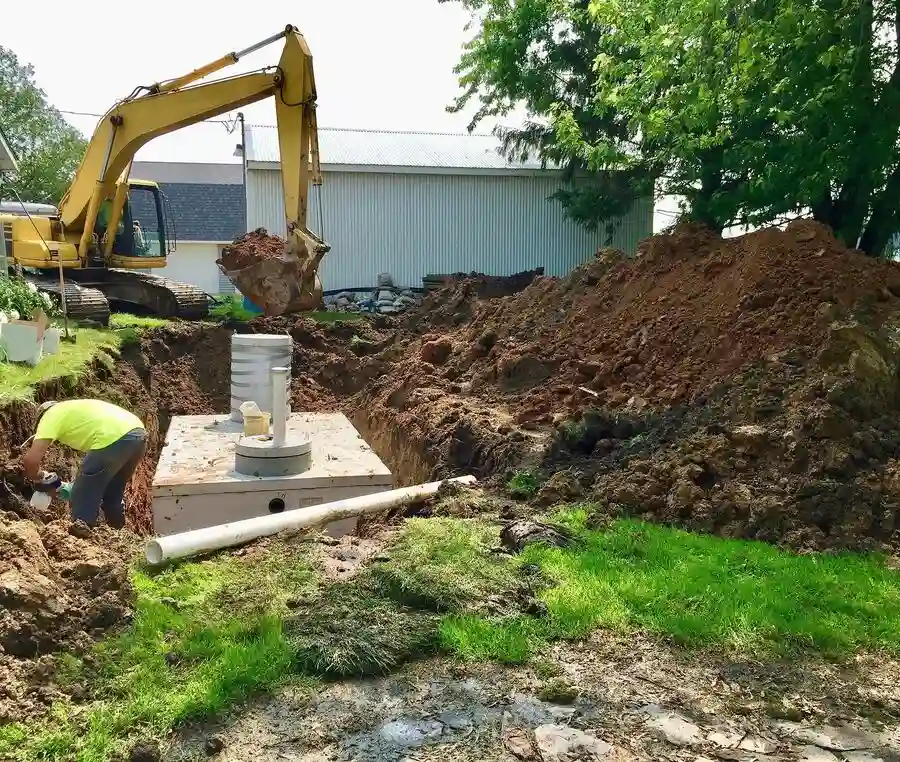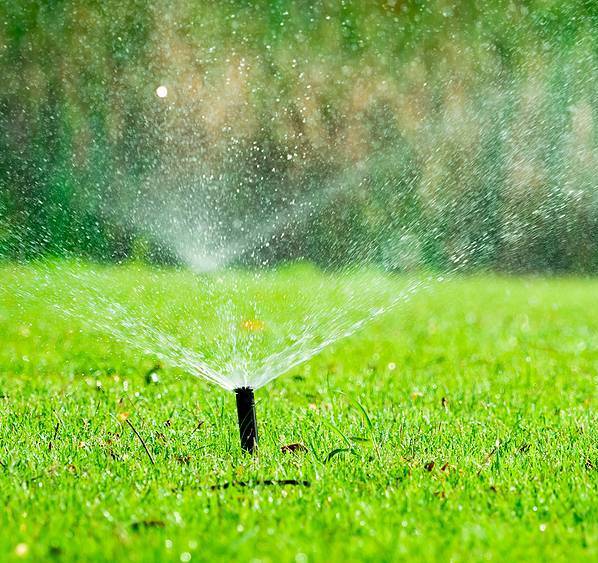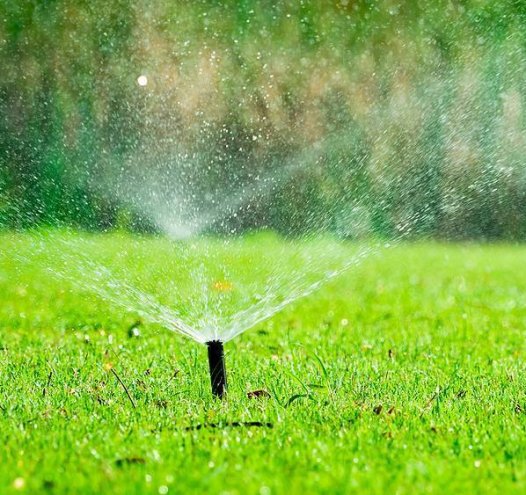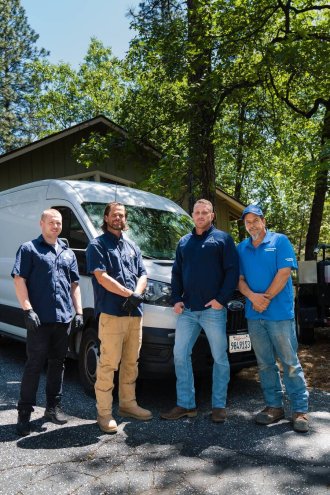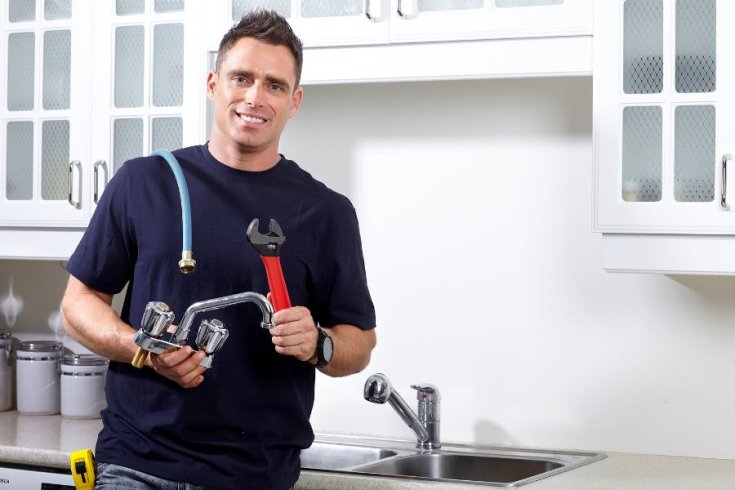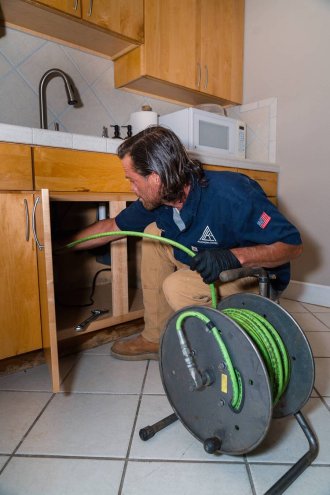Oct 19, 2025 When your yard turns soggy or a drain starts backing up, you know something’s wrong below ground. Sewer problems have a way of showing up fast, and deciding how to fix them isn’t always easy. At Acknowledge Plumbing, we’ve seen homeowners stress over whether to dig up the yard for a full replacement or try a newer method like trenchless sewer repair. Both methods work, but the right choice depends on the property, the budget, and how long you plan to stay in the home. If you’re weighing your options, this breakdown will help you see what each method really means before you call a plumber or schedule a plumbing repair service.
What Traditional Sewer Repair Involves
Traditional sewer repair works the old-fashioned way. A trench is dug to expose the damaged pipe so it can be replaced. Crews use hand tools or excavators to reach the line, which is often buried several feet down. After removing the bad section, they install a new pipe and refill the area. This method allows plumbers to inspect the whole line and confirm that every joint and seal is in good shape. For older systems made of clay, cast iron, or Orangeburg pipe, full replacement might be the most reliable long-term solution. The main drawback is the disruption. Traditional repair means tearing up lawns, driveways, or patios. If the line runs beneath trees or landscaping, those features might need to be removed. The work can take several days, especially if the trench crosses multiple areas of the yard. Afterward, the property may need grading, new sod, or concrete repair. Cost depends on depth, pipe length, and what lies above the damaged area. For a simple yard repair, the total may stay moderate. But if the line passes under hardscaping or large roots, expenses rise quickly. Still, traditional repair provides a complete replacement of old material with new PVC or HDPE pipe, which can last for decades. For homeowners dealing with long-term deterioration or poorly installed systems, the peace of mind can be worth the mess.
How Trenchless Sewer Repair Works
Trenchless sewer repair skips the major excavation. Instead of digging up the entire line, technicians use access points at the beginning and end of the pipe to repair it from within. Pipe bursting uses a tool to break apart the old pipe while pulling a new one into place behind it. Pipe lining involves inserting a resin-coated liner through the old pipe and curing it to form a new interior wall. Both restore function without turning the yard into a construction site. This method has become popular for good reason. It saves landscaping, shortens repair time, and keeps driveways or patios intact. In most cases, the work wraps up in one or two days. Homeowners can use water again almost immediately after curing. However, trenchless repair isn’t possible in every situation. If the pipe has collapsed completely, has sharp bends, or sits in very shallow ground, lining or bursting may not work. The equipment needs enough access and space to push through. Some older systems also lack the cleanouts or entry points needed for this technique. Cost can vary. While the digging is minimal, the technology and equipment are specialized. The price per foot may run higher than traditional digging in simple open areas. Yet, when landscaping or concrete restoration is factored in, the trenchless method can save money.
Backflow happens when contaminated water from outside your pipes reverses direction and…
Read More Water leaks, whether apparent or hidden, are a homeowner's nightmare. They can…
Read More When expanding your living space with an Accessory Dwelling Unit or a…
Read More From unexpected backups to soggy lawns, the signs of a failing septic…
Read More Do you want to keep your lawn and garden lush and vibrant,…
Read More Our Services
Acknowledge Plumbing provides 24-hour residential and commercial plumbing repair & installation services in Sacramento County and all surrounding areas. Call our office now to schedule a nearby plumber.
Comparing Durability and Maintenance
Both methods, when done correctly, restore the sewer line for decades. Modern PVC and HDPE materials resist corrosion and root intrusion far better than older materials. Trenchless liners also create a smooth, jointless surface that discourages buildup and blockages. The difference lies in what’s being replaced. A full excavation replaces every section of the pipe, fittings, and all. With trenchless methods, the original pipe remains as the outer shell, which can be beneficial or limiting depending on its condition. If it’s stable and intact, lining reinforces it. If it’s deteriorating, replacement might be safer. Maintenance after either repair stays about the same. Annual drain inspections help catch any new issues early. Root growth, soil movement, or improper use of drains can still cause trouble. Quality workmanship and materials reduce the chance of recurring issues.
Factors That Affect Your Decision
Several key points should guide your choice between trenchless and traditional repair.
- Location of the line. If the sewer runs under grass or soil with no major obstacles, digging might be simple. But if it passes beneath a deck, driveway, or mature landscaping, trenchless repair saves time and prevents surface damage.
- Type and condition of the existing pipe. Older clay or Orangeburg pipes that have collapsed or shifted may need full replacement. Cracked or leaking PVC lines might qualify for lining instead.
- Budget and long-term goals. Trenchless repair usually carries a higher initial price per foot, but the savings in restoration can offset that. Traditional replacement might make sense for homeowners who plan to regrade or renovate their yard anyway.
- Environmental and property considerations. Trenchless repair keeps more soil undisturbed, which helps protect tree roots and reduces erosion. For properties with minimal space or steep slopes, it can be the cleaner option.
Before making a decision, a plumber should run a camera inspection. The video shows exactly where the line is damaged and helps decide which method is possible.
Cost Breakdown
Costs for sewer repair vary widely. Traditional replacement can start around a few thousand dollars and climb quickly if heavy excavation or restoration is needed. Driveways, retaining walls, or garden features can add thousands more in repair costs afterward. Trenchless sewer repair in Roseville may start higher per linear foot, but it skips those surface expenses. The total project may end up similar or cheaper once the whole picture is considered. A homeowner with a cracked line under a flower bed might pay less for trenchless repair because no landscaping gets destroyed. Another homeowner with an older clay line under open soil might choose full excavation for a clean replacement at roughly the same cost. The focus is on the total project value, not just the repair line item. A quality plumbing repair service provider should help you calculate both scenarios clearly.
Do You Need Help with Your Failing Sewer Pipes?
If your yard has complicated features or if you want a quick turnaround with minimal mess, trenchless repair is appealing. If your line has collapsed or your system is decades old, a full excavation gives you a completely fresh start. Before you decide, schedule an inspection with a plumber who specializes in both methods. Acknowledge Plumbing provides honest advice and dependable workmanship for every sewer project. Our team handles traditional and trenchless sewer repair using top-grade materials. If you’re dealing with slow drains, recurring clogs, or sewer odors, don’t wait until the problem gets worse. Give us a call today to schedule a plumbing repair service that keeps your system working the way it should.

